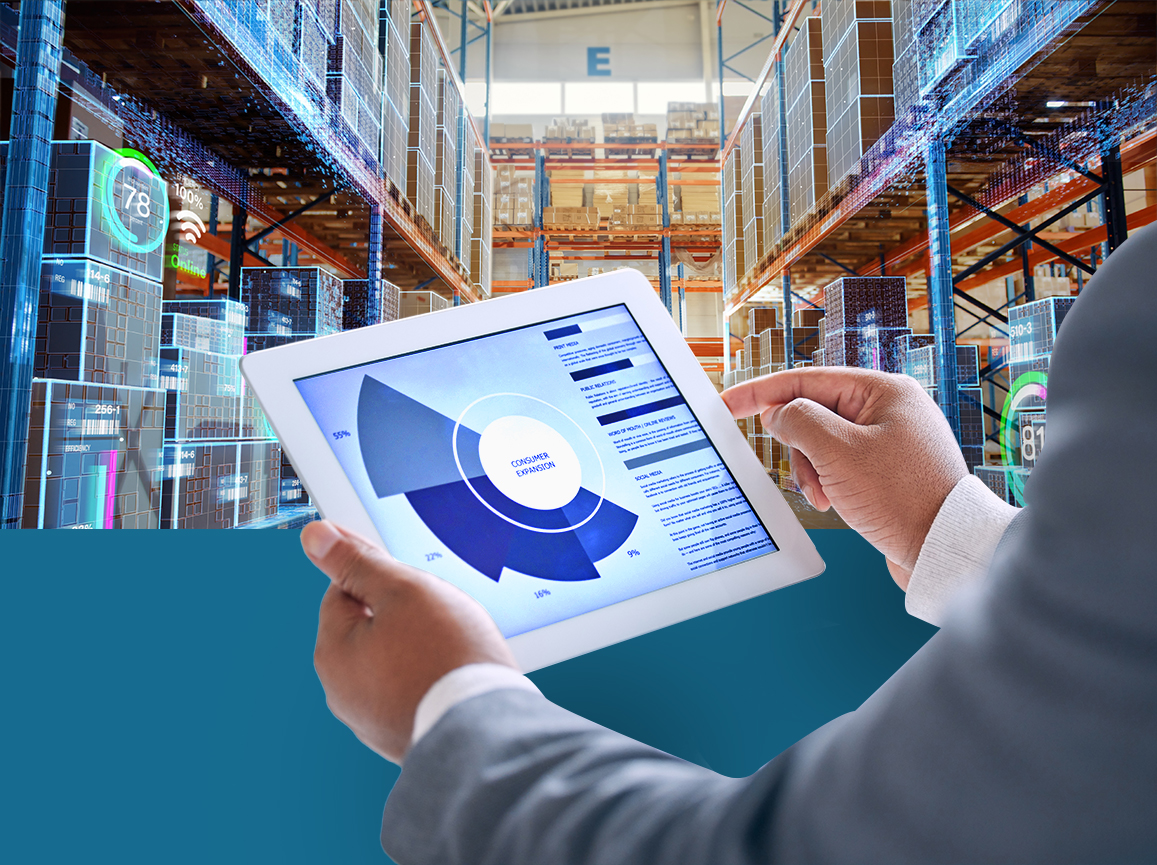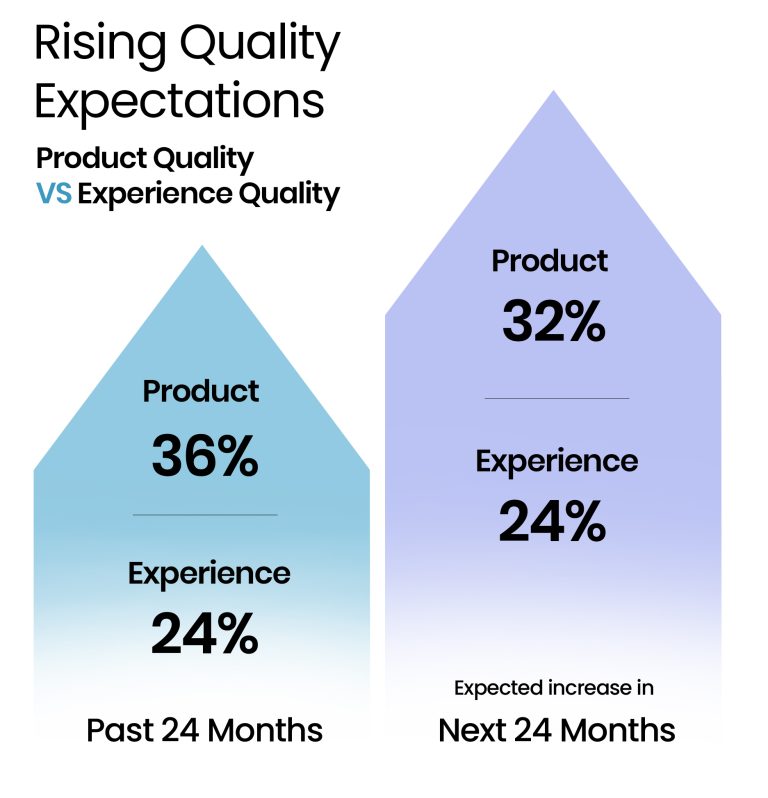While the Great Disruption had a huge impact on health and daily lives, it also significantly influenced businesses. The largest business disruption in history left in its wake layers of adverse economic and supply chain conditions. Almost overnight, businesses the world over needed to ensure safety while simultaneously protecting their businesses and livelihoods, the latter of which remains under stress from residual disruption.
Businesses have been focusing on quick responses to mobility changes and handling crises, but now, supply chain leaders are shifting their attention to rebuilding for long-term success in the post-disruptive world. They are creating a solid foundation for recovery in the new normal.
Fissures in Manufacturing
The effects of supply chain disruptions have been keenly felt by everyone and by most accounts we are all players in a global supply chain whether directly involved in supply chain activities or not, and the impact of supply chain disruptions manifested in many different ways.
Manufacturing, for instance, is one of those industries, which faced maximum adversity from supply chain disruption . Even today, global manufacturers are facing increasing cost pressures due to shortages in the global workplace due to the initial pandemic outbreak, shutdowns, and reopening. At the same time, they are facing shortages of raw materials, ingredients, components, and packaging.
Excess demand as a result of the global supply chain disruption, continues to impact finished goods with some still hard to find, impacting costs further still. A recent study has revealed that the skills gap in US manufacturing will culminate in 2.1 million unfilled jobs by 2030 and cost the country a staggering $1 trillion. Shortages in the workforce and increasing demand are signs that the disruption exposed a fundamental flaw in the production methodologies that dominated the past 100+ years— lean manufacturing, a process founded in the production of interchangeable parts.
When batch production techniques went “The Toyota Way,” lean manufacturing moved from concept to production and on to rival to batch production methods of years past. The lean approach was well suited to a rapidly growing global economy by doing away with excess inventories and decreasing warehousing expense. It incentivized diversification and product innovation and boosted shareholder value.
Lean manufacturing rested on an assumption of a settled economy where irregular disruption is impossible, rules always fixed and the sun always shining. The technology evolution in the 90 years since the Japanese automaker decried batch production localized setbacks in lean supply chains kept lean technologies malleable. The unforeseen supply chain disruption caused an unparalleled interruption of markets, factories, and products. The mandated lockdowns added shipping times and created shortages in labor in all areas of production and transportation. The pursuit of success through “lean” coupled with an unprecedented disruption acutely hurt manufacturing businesses worldwide.
Empty Tables to Empty Plates
There was some realization of hope as restaurants started reopening gradually following the ‘Great Disruption’. Relaxed restrictions meant some businesses were able to restart their takeout business or convert dining services during continuing lockdowns. Following the disruption there was a slight upturn in some geographies, unfortunately for most of us, some of our favorite spots will never return.
Long-standing supply chain pressures continue to affect the recovery phase, like many recoveries, supply chain pressures affect manufacturers, dealers, and consumers. A Reuters report found as many as nine restaurant firms and fast-food chains, including Wendy’s, Subway, and Chipotle continue dealing with shortages of key ingredients from time to time. The ingredient shortage is indicative of the larger pressures inflicted by the disruption on global supply chains and particularly in transportation resulting in widespread product unavailability. In the absence of visibility and transparency across supply chains, industry insiders expected bottlenecks and shortages to last well into 2022, and they have.
Empty Stores to Empty Shelves
In retail, e-commerce has become a rising star with few retailers immune to stock shortages, supply channel breakdowns, and dramatic changes in consumer behavior, there has been an unprecedented scramble to shore up web store integration. A dichotomy has been observed among retailers, the first group brings in supplies from a wider supplier base, whereas the second group has more specific product requirements, such as department stores, and thus, find it more difficult to move sourcing of supply. Initially coupled with varying degrees of lockdowns, the separation of the first and second type of e-commerce retail widened at first and became acute in fashion retailing where goods are contracted months ahead of time accounting for both changing styles and transportation.
During this period Macy’s reported a 14.5% drop in inventory from Q2 2019 due to difficulty obtaining products. The cost of shipping goods quickly became much more expensive, leading to conversion to air freight for luxury goods. Dollar Tree, a US-based discount variety chain found difficulties with freight expenses and supply chain shortages with $185-200 million in freight costs anticipated for the 2021 season even announcing a departure from the pricing model that made their name synonymous with their business strategy. Mitigation of such a variety of factors in a complex web of supply chain activities even now has been difficult and particularly so when coupled with razor-thin margins and a complicated supply chain.
The Road Not Taken
What was once a routine, methodical industry has become chaotic; the supply chain disruption significantly affected transportation and logistics. Increased labor shortages and simultaneous increases in demand and fuel have driven transportation costs up significantly. Globalization has created a neatly demarcated system with production facilities on one side of the planet and consumers in developed markets on the other side. Transportation serves a key role particularly in western societies.
Shipping containers contribute to conundrum, with nearly 25 million in use worldwide, shippers and carriers have container availability and procurement written into their annual agreements, which have strict provisions for non-stop service and/or a minimum number of trips per week. Today, logistics managers negotiate for ship space in the spot market, where daily rates for containers are at the mercy of freight agents and carriers. Even within national borders, companies face hurdles in clearing houses and in dealing with excess demand. Legacy solutions designed to overcome these obstacles have failed to deliver relief.
Staying Ahead of the Curve – The Value Proposition
PartnerLinQ Multi-Tennant Cloud Platform
A hybrid cloud architecture that ensures local systems can handle even the largest volumes of transactions per month
Simplified IT Infrastructure
PartnerLinQ integrates seamlessly with legacy systems and Multiple Cloud architectures.
Enhanced visibility to Address Pain Points
Real-time insights are key to deliver consistent value to consumer and partners at every touchpoint.
Integration at the Speed of Business
PartnerLinQ simplifies the partner on boarding process through its Common Processing Workflow; complemented by the Business Rule Manager, an entire migration process involving thousands of partners are regularly integrated in months and not years.
About PartnerLinQ
PartnerLinQ is a highly scalable GCP cloud-native multi-tenant multi-geography B2B API & EDI hyper-scalable high SaaS performance platform that integrates natively with partner ecosystem & e-commerce channels with native solution for meeting B2B API & EDI challenges. Reimagine control, visibility, and transparency across your global supply chain and e-commerce. Unify channels, boost loyalty, gain complete visibility, and accelerate order fulfillment. Manage global supply chains, material planning, package sourcing, and omnichannel retail, drive growth powered by cutting-edge technologies and unlock valuable insights with Visionet products.
About Visionet
Visionet creates value-driven digital transformation tools like PartnerLinQ that digitize business imperatives and scale the highest summits. Time-tested products for CPG & Retail, Apparel & Footwear, Banking & Financial Services, Insurance, Pharmaceutical, Food & Beverage, manufacturing & Distribution.
Industry Application
PartnerLinQ creates value-driven digital transformation that digitize business imperatives and scale the highest summits with time-tested products for CPG & Retail, Apparel & Footwear, Banking & Financial Services, Insurance, Pharmaceutical, Food & Beverage, manufacturing & distribution.
Enterprise Connectivity at the Speed of Business
PartnerLinQ is the result of Visionet’s decades long industry expertise and technology leadership. Hosted on the Google Cloud Platform, PartnerLinQ is an innovative, process-centric, easy-to-use B2B API & EDI platform solution that enables API-led, cloud native integrations. A simplified B2B communication engine that includes EDI, AS2, SFTP and real-time APIs, PartnerLinQ is a fully integrated platform and easily handles both standard and proprietary file-based formats including custom integrations. PartnerLinQ is well suited for retail, e-commerce, wholesale, transportation, 3PL, as well as distribution, digital and analog partner ecosystems helping your team achieve operational efficiency and gain real-time visibility.
Advanced Technology Leadership
The PartnerLinQ & Visionet teams share more than 34 years of experience in providing industry-focused technology, consulting, and development of innovative solutions that drive global supply chain transformation from the factory floor to the consumer’s doorstep. They share vision and a technology practice that includes leveraging the Google Cloud Platform to build, test, deploy, and manage large-scale enterprise solutions for its clients so when the leadership set out to build PartnerLinQ, it made perfect sense to build, test, deploy, and manage the PartnerLinQ integration platform from within the Google Cloud Platform.
 PartnerlinQ
PartnerlinQ








